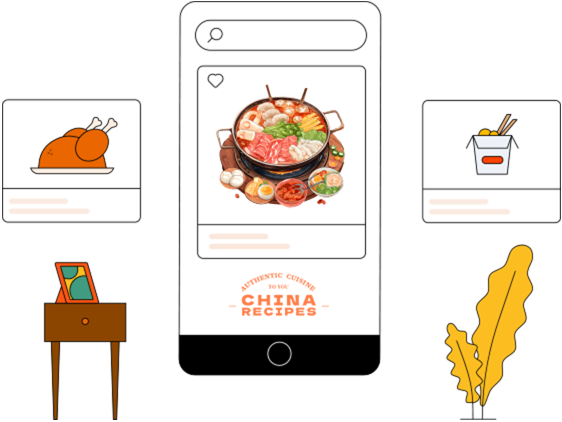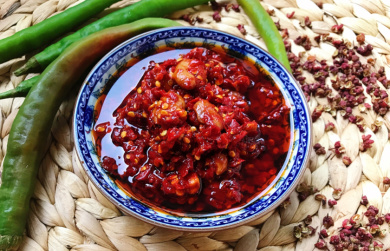How Do You Cook Quail Eggs for Beginners
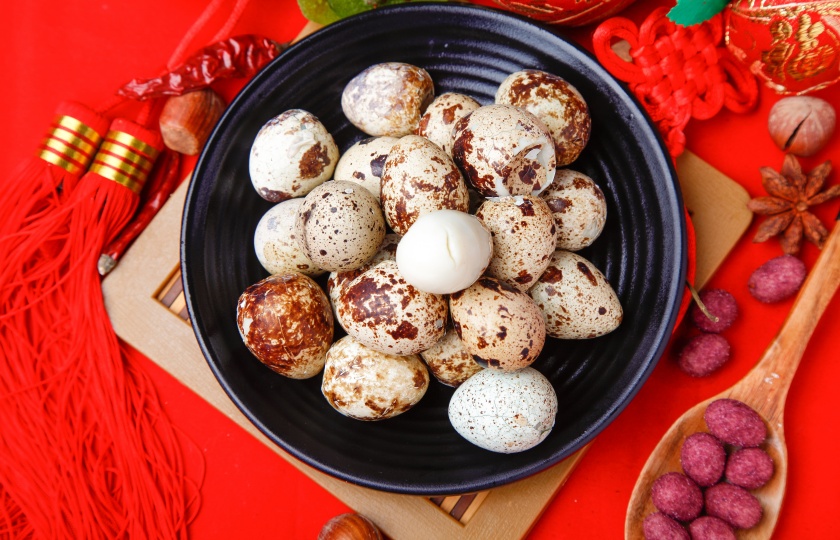
Quail eggs seem easy to cook, but to achieve the best texture, there are a few tips to master. Here's a detailed method for cooking them.
Step 1: Choose fresh quail eggs
Fresh quail eggs are the key to success. When selecting, check if the eggshell is smooth and the color is even. Give it a shake—if you don’t hear any sound, it’s a good quality egg. Eggs that aren’t fresh are more likely to crack, and the taste will be less pure. So it’s really important to pay attention to the quality before buying.
Step 2: Start with cold water
Always start with cold water when boiling quail eggs. Cover the eggs with cold water and gradually heat them up. This helps the eggshell heat evenly and prevents cracks caused by a temperature difference.
Remember, don’t use hot water directly or the egg whites will start leaking from cracks, which doesn’t look very nice.
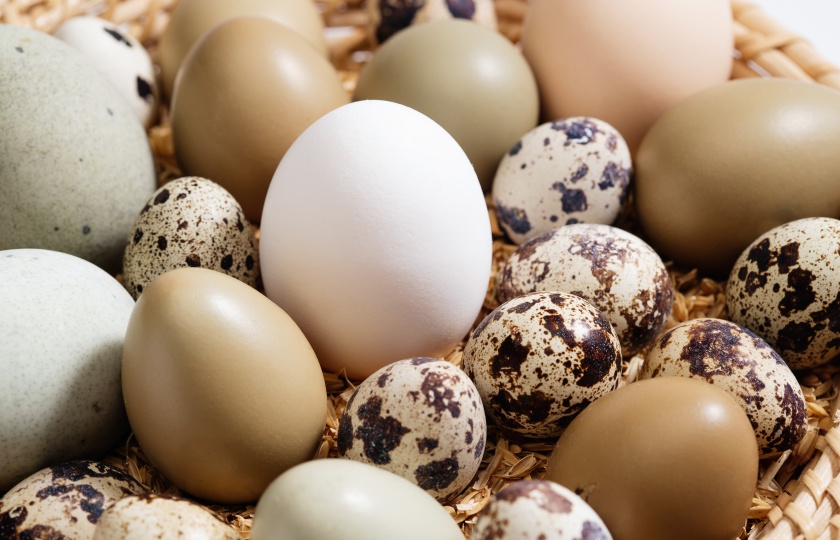
Step 3: Master the cooking time
The cooking time for quail eggs is actually very short, 3 to 5 minutes is perfect. If you prefer a slightly soft yolk, cook for 3 minutes. For a fully cooked yolk, aim for around 5 minutes.
If you cook it too long, the egg whites will become tough and the yolk will dry out, losing its delicate texture and flavor.
Step 4: Cool the eggs in cold water
Once the eggs are boiled, don’t just take them out and leave them. It’s best to immediately place them in cold water to cool. Cooling the eggs in cold water has two benefits: first, it makes the egg whites firmer and more springy; second, it makes the eggshells easier to peel.
This step is crucial, so don’t skip it—it makes peeling smooth and effortless, and cooking will feel more enjoyable.
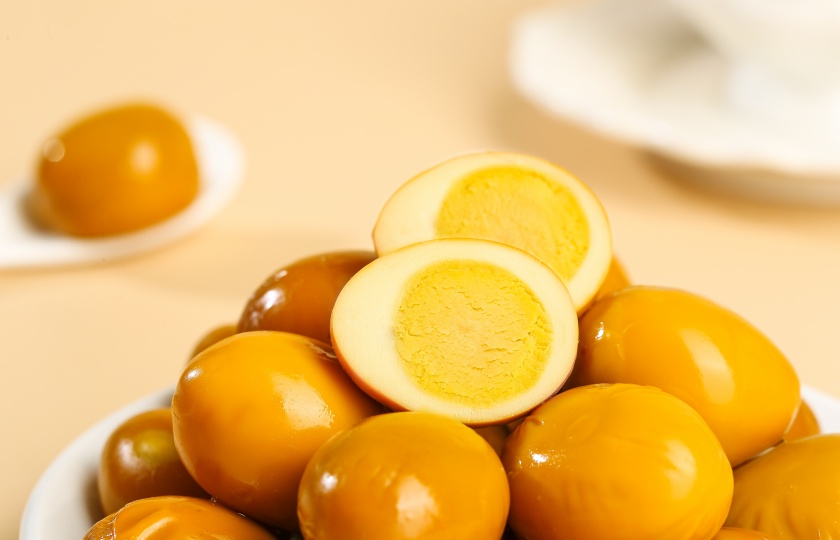
Step 5: Peeling tips
Peeling quail eggs can be the trickiest part, but there are some tricks! Gently tap the eggshell to crack it, then roll the egg on the table or place it in a sealed bag and shake it a few times. The eggshell will crack evenly.
Then, use your finger to dip in some water to help peel it off. The shell will come off almost in one go, and the whole process will be clean and quick.
Step 6: Seasoning or creative ways to eat
Boiled quail eggs can be eaten simply with a pinch of salt—simple yet delicious. If you want more flavor, you can soak them in soy sauce or braising liquid and simmer for another 10 minutes, transforming them into fragrant braised quail eggs.
Alternatively, you can pair quail eggs with salads, vegetable soups, or coat them in batter and deep-fry them. These options are rich and appetizing.
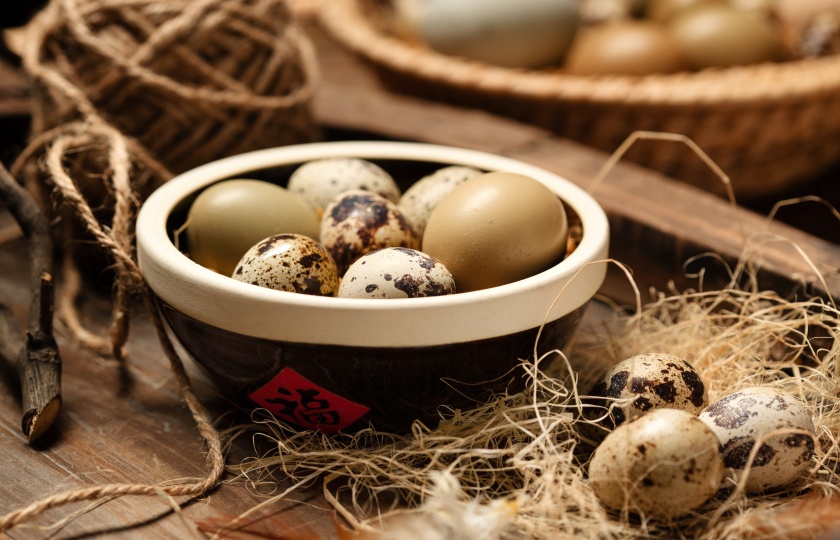
Do quail eggs need to be washed?
Quail eggs generally need to be washed, especially if they are bought from the supermarket. Fresh quail eggs may sometimes have some dirt or minor impurities on the surface, so washing them is a more hygienic approach.
How to wash quail eggs:
Warm water rinse: Gently rinse quail eggs with warm water, avoiding water that is too hot to prevent the eggshells from cracking. You can gently rub the surface with your finger to remove dirt.
Avoid soaking: Do not soak quail eggs in water, as it can allow moisture to seep into the eggshell, which may affect the freshness of the eggs.
Air dry naturally: After washing, you can gently wipe the eggs with a clean towel or leave them in a well-ventilated area to air dry.
If you have bought pre-washed and processed quail eggs (usually indicated on the packaging), there is no need to wash them again; just use them directly.
Do quail eggs have a fishy smell?
Quail eggs are generally milder than chicken eggs, and the fishy smell is not very noticeable. The taste is usually more delicate and gentle, making them suitable for many people.
However, if quail eggs are not fresh or have been stored for a long time, there may occasionally be a slight fishy odor. This is usually tolerable for most people, but if you are concerned about the fishy smell, you can try the following methods to avoid or reduce it:
Add vinegar or salt while cooking: Adding a bit of salt or a few drops of vinegar to the water while boiling quail eggs can help reduce the fishy smell.
Marinating: After boiling, you can soak the quail eggs in soy sauce or flavored vinegar, which not only helps to remove the fishy smell but also enhances the flavor.
Seasoned cooking: If you don't like the original fishy taste, methods like stir-frying, stewing, or steaming with seasoning can mask the slight odor and make the texture even more delicious.
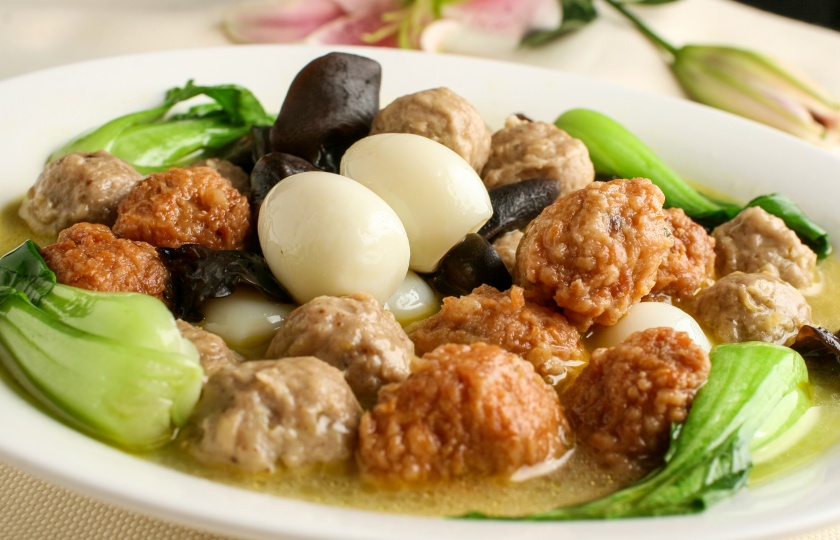
How many quail eggs are equivalent to one chicken egg?
One chicken egg is roughly equivalent to 4 to 5 quail eggs. Since quail eggs are much smaller than chicken eggs, you need more quail eggs to substitute for one chicken egg.
When cooking or baking, you can use this ratio. For recipes that require precise quantities, like cakes, you can substitute based on this ratio!
What do quail eggs taste like?
Quail eggs have a slightly richer flavor than chicken eggs, and their texture is a bit more delicate. They have a subtle "egg aroma" but without the strong fishy taste that chicken eggs sometimes have, making their flavor milder and fresher.
When boiled and cut open, the yolk also appears a beautiful golden color, giving a more refined look. The texture of quail eggs is firmer than that of chicken eggs, offering a more layered bite. They are very popular in salads, appetizers, or as a snack.
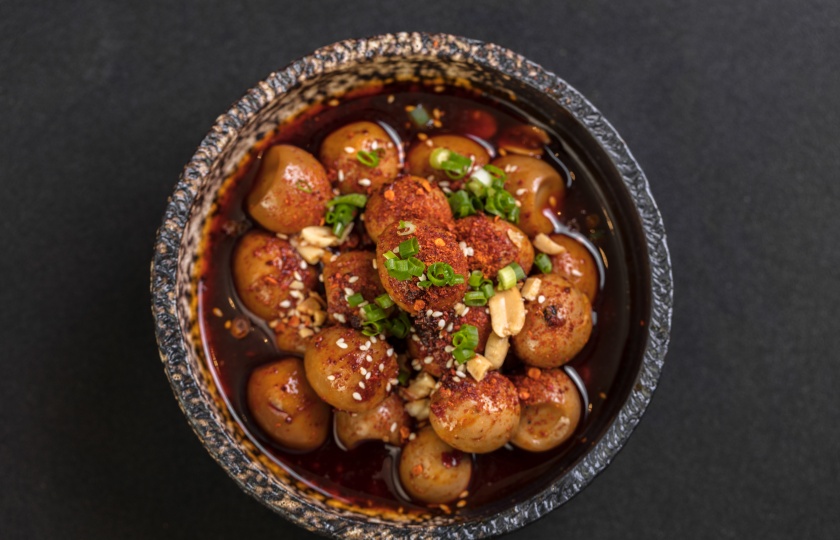
Can you fry quail eggs?
Of course, you can fry quail eggs! They are not only small and cute but also very easy to fry, and the result looks delicate and charming. Here's a simple way to do it:
Steps:
1. Preheat the pan and add oil: Use a small flat-bottomed pan, heat it over medium heat, then pour in a little oil (olive oil or butter, depending on your preference). Gently swirl the pan to spread the oil evenly.
2. Breaking the egg: The shell of quail eggs is thin and fragile, so gently crack it open by tapping. To keep the yolk intact, it's best to crack the egg into a small bowl first and then pour it into the pan.
3. Fry the egg: Slowly pour the egg into the pan, fry it over medium-low heat to avoid burning the bottom. If you prefer the egg whites to cook faster, you can cover the pan with a lid for even cooking.
4. Control the cooking time:
For runny yolk, fry for 2-3 minutes.
For fully cooked yolk, fry for another 1-2 minutes until the yolk solidifies.
5. Serve: Gently use a spatula to lift the fried quail eggs out of the pan and place them on a plate.





